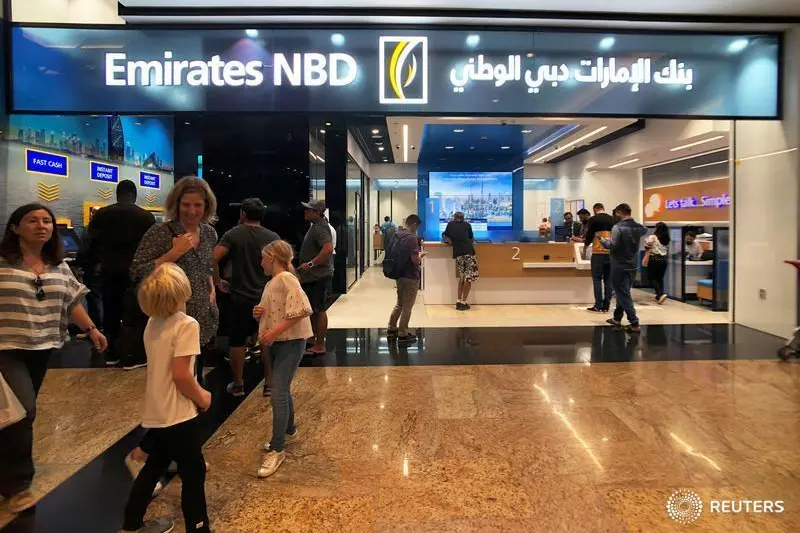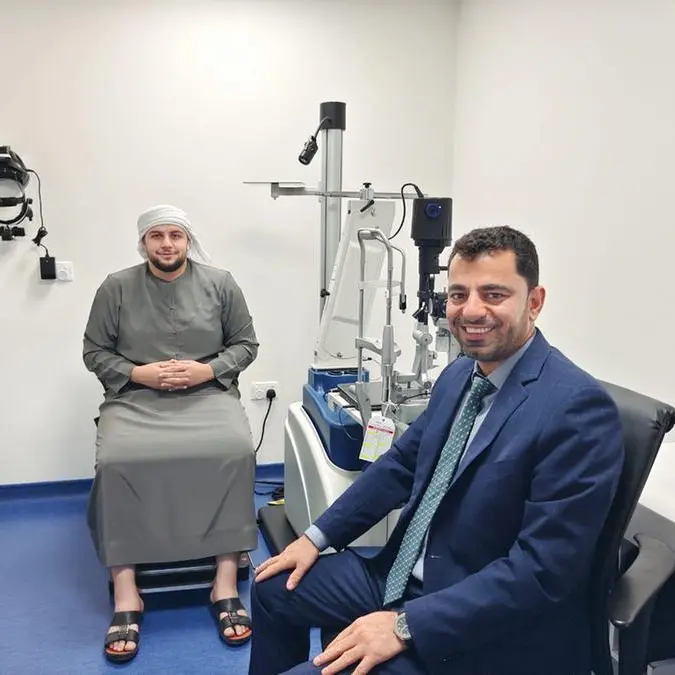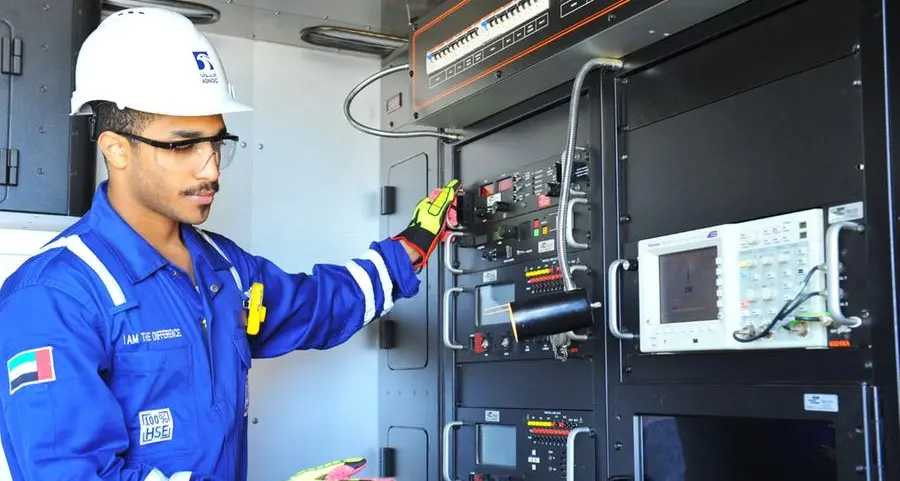PHOTO
Although the top 10 UAE banks (by assets) reported a combined 25.5 percent year-on-year increase in the top line during the third quarter, a new report has revealed that margins are starting to come under pressure, and the impact is expected to continue in the fourth quarter.
The bottom line was impacted adversely due to significant impairments reported by Emirates NBD (arising from the acquisition of DenizBank) and by ADIB. For rest of 2019, margins are likely to stay under pressure due to the interest rate cuts in September and October 2019, according to a recent report titled “UAE Banking Pulse” by global professional services firm Alvarez & Marsal (A&M).
Overall, banking profitability was influenced by lower gross yields and higher net impairment charges during the quarter, it said.
A&M Managing Director & Head of Financial Services Asad Ahmed, said: “The UAE banking sector maintained a modest growth, even though profitability was impacted by lower gross yields and higher net impairment charges during the quarter, a knock-on effect from the real estate and construction sectors. Looking ahead, we anticipate this pressure will continue as two successive rate cuts by the Fed in September and October 2019, are likely to put further pressure on banks’ margins. We expect that Q4 will not be dissimilar.”
"The rate cuts were near the end of third quarter and early October. Therefore, the impact will come through only in this quarter and the subsequent quarters," Ahmed told Zawya.
Concertation risk
The UAE banks’ exposure to the real estate sector increased by 40 bps in Q3 2019, presenting a concentration risk.
The real estate sector continues to remain under pressure due to oversupply and weaker investment appetite amid muted oil economy and this may have led to higher delinquencies for banks.
"In my estimation, a significant component of the banks' provisioning that has gone into third quarter will be that of an exposure to the real estate and construction market. Given that premise, the overall increases in real estate exposure between the second and third quarters presents a more challenging scenario," Ahmed explained.
M&A landscape
Only three M&A deals were proposed or completed during the quarter. However, increasing move towards digitalization in order to gain market share and competition in building low-cost deposits may uptick the trend in M&A activity, the report noted.
During Q3 2019, Emirates NBD completed acquisition of Turkey’s DenizBank to become the second bank in the country with 672 billion dirhams worth of assets.
"The consensus among analysts is that there are too many banks in the GCC region given the size of the population. There has been continued consolidation in the market and I think it will continue," Ahmed told Zawya.
The government's measures to boost demand in sector includes stimulus packages and proposed new initiative to allow foreigners to own freehold property in Abu Dhabi
Alvarez & Marsal’s report uses independently sourced published market data and 16 different metrics to assess the banks’ key performance areas, including size, liquidity, income, operating efficiency, risk, profitability and capital.
The country’s 10 largest listed banks analysed in A&M’s UAE Banking Pulse are First Abu Dhabi Bank (FAB), Emirates NBD (ENBD), Abu Dhabi Commercial Bank (ADCB), Dubai Islamic Bank (DIB), Mashreq Bank (Mashreq), Abu Dhabi Islamic Bank (ADIB), Commercial Bank of Dubai (CBD), Emirates Islamic Bank (EIB), National Bank of Ras Al-Khaimah (RAK) and Sharjah Islamic Bank (SIB).
(Writing by Seban Scaria seban.scaria@refinitiv.com, editing by Daniel Luiz)
Disclaimer: This article is provided for informational purposes only. The content does not provide tax, legal or investment advice or opinion regarding the suitability, value or profitability of any particular security, portfolio or investment strategy. Read our full disclaimer policy here.
© ZAWYA 2019












